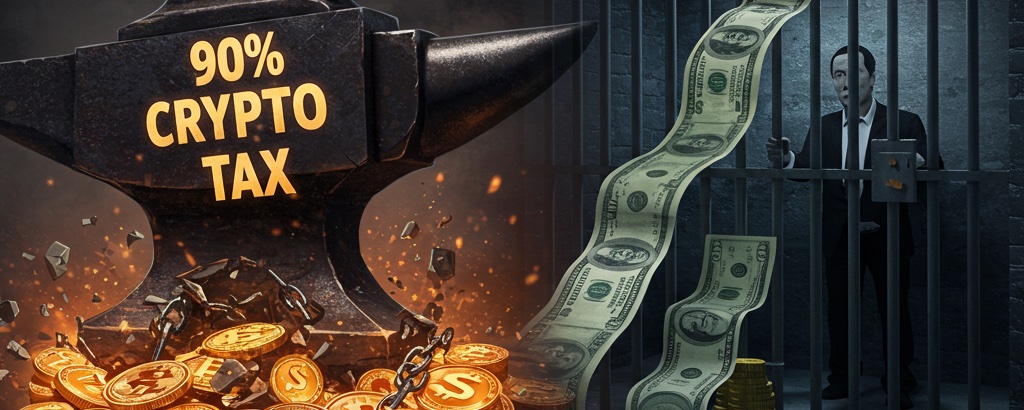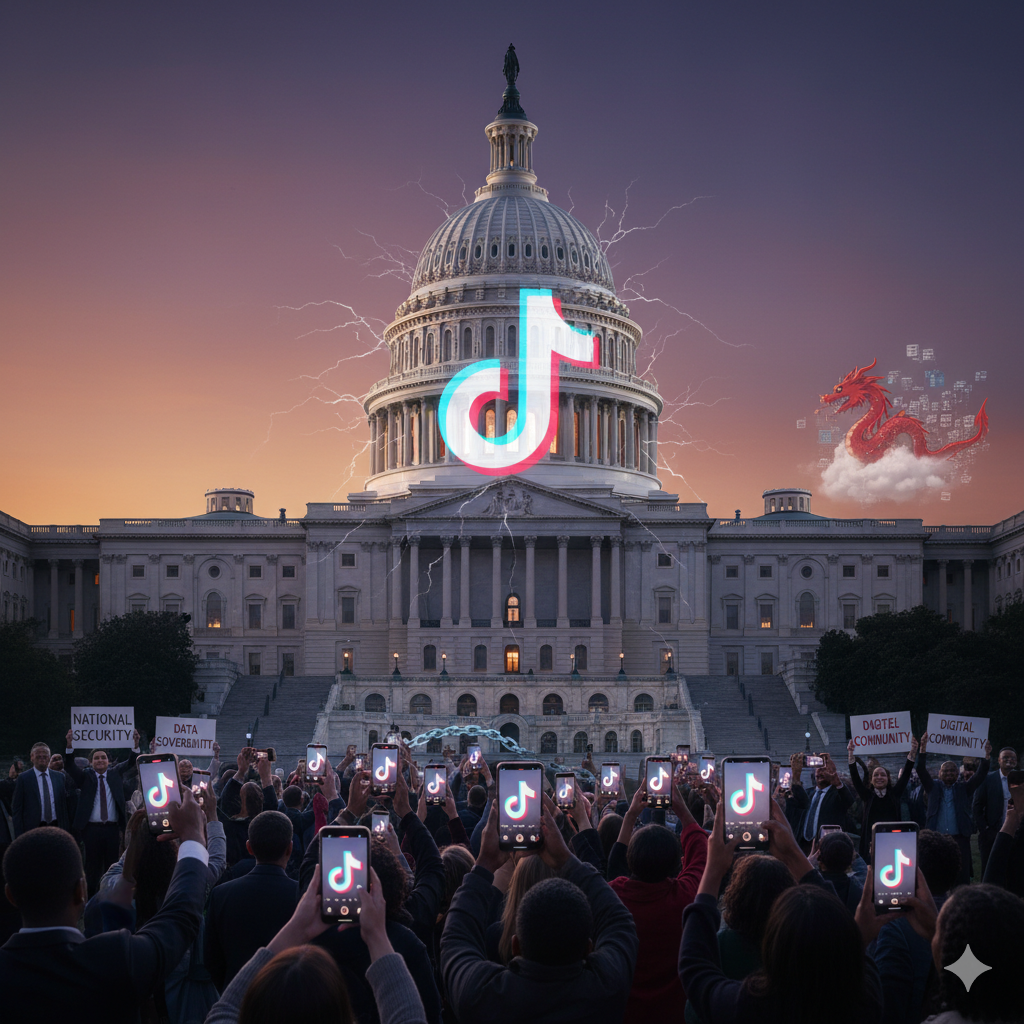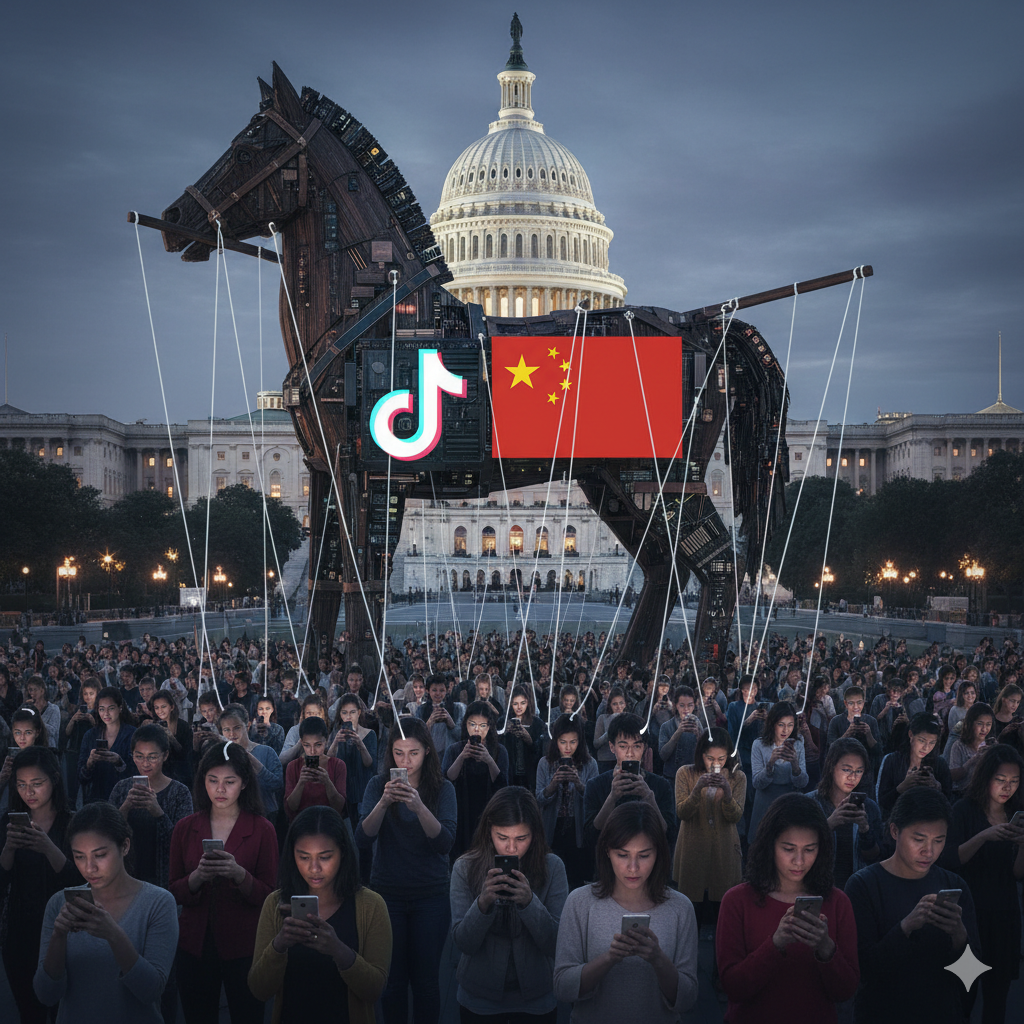The lived religious experience and societal role of 18th-century New England Congregationalism were different from the landscape of modern Protestantism.
To begin, in 18th-century Massachusetts, where Congregationalism was the established church (meaning it was supported by public taxes and held a privileged position), two prominent examples of “dissenting groups” would be:
- Baptists: Key Difference from Congregationalists: Baptists rejected infant baptism, believing that baptism should only be for conscious believers who could make a personal profession of faith. They also strongly advocated for the separation of church and state and religious liberty for all, opposing the system of mandatory taxes to support the Congregational church. Status: They were a growing minority and often faced social and legal pressure, including being taxed for the support of Congregational ministers even if they didn’t attend those churches (though some exemptions were starting to be made by the mid-18th century, they were often hard-won).
- Quakers (Religious Society of Friends): Key Difference from Congregationalists: Quakers had radically different beliefs and practices. They believed in the “Inner Light” (direct, personal experience of God without the need for ordained clergy or formal sacraments), practiced pacifism (refusing to bear arms), refused to swear oaths, and had plain forms of worship, often involving silent waiting. Status: Historically, Quakers had faced severe persecution in Massachusetts in the 17th century (including banishment and execution). By the 18th century, the overt violence had ceased, but they remained a distinct and often marginalized group, facing difficulties due to their pacifism (e.g., during wartime) and their refusal to pay taxes for the established church or participate in other civic rituals that conflicted with their beliefs.
These groups, along with Anglicans (who were a minority in New England though established in England), represented significant religious alternatives to the dominant Congregationalist establishment and played important roles in the long struggle for greater religious freedom in America.
(more…)



